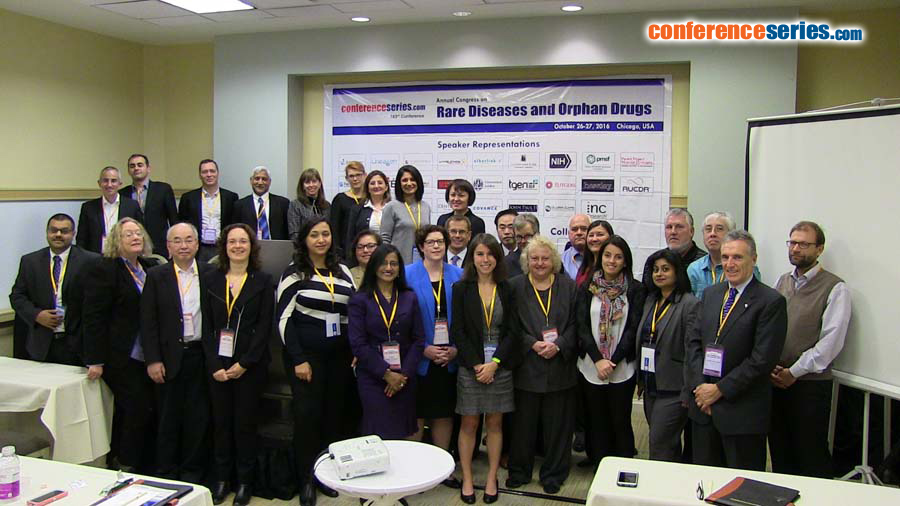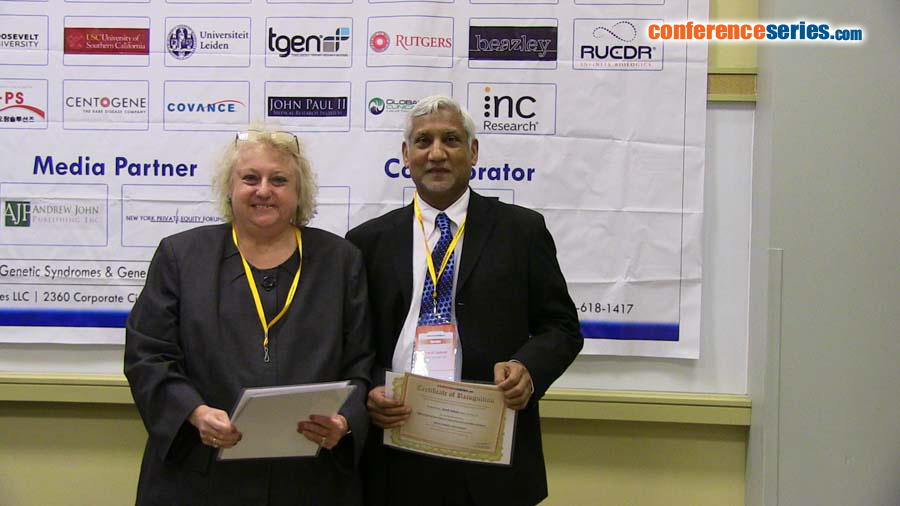
Amrik Sahota
Rutgers University, USA
Title: Tailored inhibition of cystine stone formation as a therapy for cystinuria
Biography
Biography: Amrik Sahota
Abstract
Background: Cystinuria, caused by mutations in SLC3A1 or SLC7A9 is characterized by excessive excretion of cystine in the urine and cystine stones in the urinary tract. Cystine stones are difficult to treat surgically and medical treatments have major side effects. Previous studies from our group have demonstrated that cystine analogs such as cystine dimethyl ester (CDME) inhibit cystine crystallization in vitro. Here we show that this analog also inhibits cystine stone formation in Slc3a1 knockout mice. Methods: CDME (200 μg per mouse) or water was administered by stomach tube daily for four weeks; higher doses were administered to assess organ toxicity. Urinary amino acids and cystine stones were analyzed to assess drug efficacy using several analytical techniques. Results: Treatment with CDME led to a significant decrease in stone size compared with the water group (p=0.0002), but the number of stones was greater (p=0.005). The change in stone size distribution between the two groups was evident by micro computed tomography. Scanning electron microscopy analysis of cystine stones from the CDME group demonstrated a change in crystal habit with numerous small crystals. L-cysteine methyl ester was detected by UPLC-MS in stones from the CDME group only, indicating that CDME is absorbed from the intestine and a metabolic product incorporated into the stone material. No pathological changes were observed at the doses tested. Conclusions: These data demonstrate that CDME promotes formation of small stones but does not prevent stone formation, consistent with the hypothesis that CDME inhibits cystine crystal growth. Combined with the lack of observed adverse effects, our findings support the use of CDME as a viable treatment for cystine urolithiasis.







